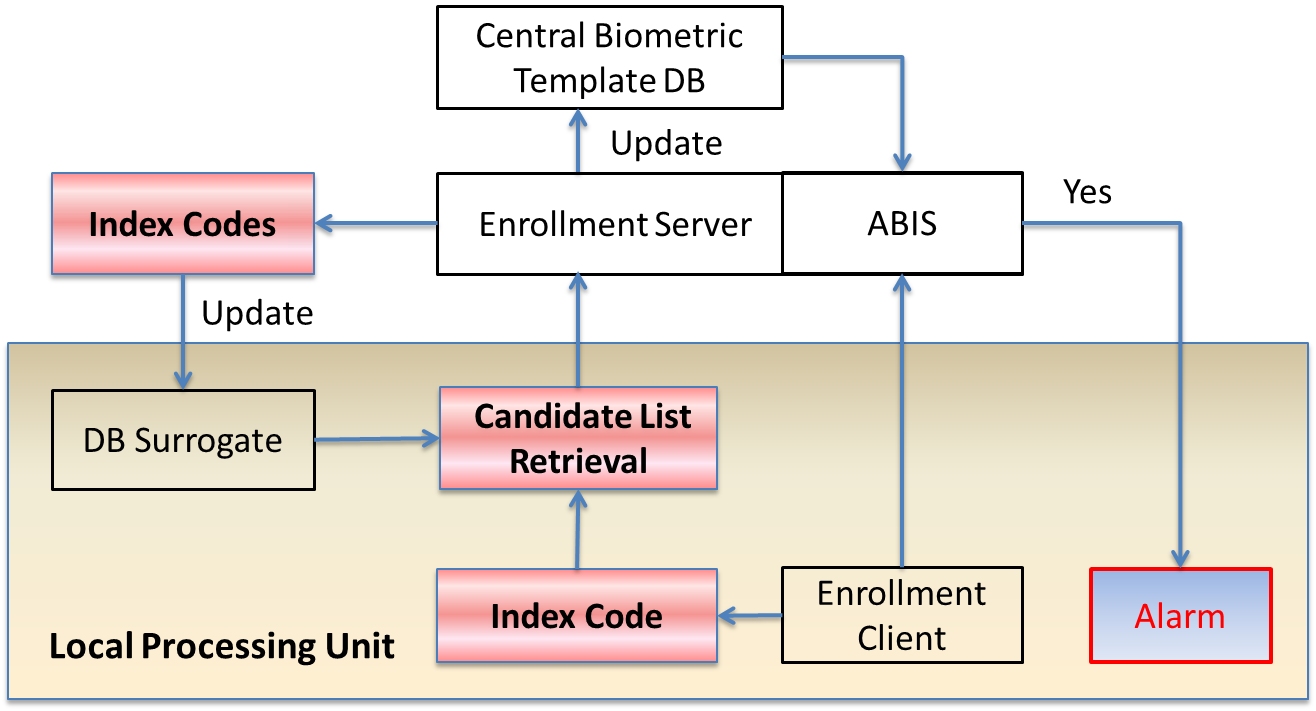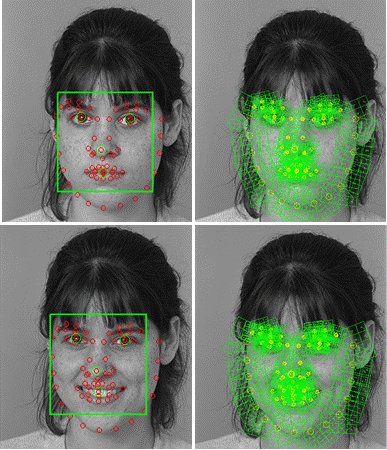| Projects > Biometric Indexing and Identity De-duplication |
Biometric Indexing and Identity De-duplicationProject Team: Prof. CHEUNG, Yiu Ming, Prof. YUEN, Pong Chi and Dr. WANG, Yi |
 |
||
Project Description |
|||
|
We are now in an era of big biometric data. The past few years have seen an explosion of the size of biometric databases. Several very large biometric systems have been deployed around the world, hosting more than a hundred million people’s biometrics and able to process over a million identification searches per day. Despite super computing power and state-of-the-art infrastructure, there are still critical challenges to achieve the goals of accuracy and performance, scalability and extrapolation, efficiency and cost, adaptivity and robustness, security and privacy for deployment and operation of biometric systems at very large scale. One critical challenge is identity de-duplication. Fraudulent identities of multiple enrolments usually link to fraud and serious breaches of law. With vast biometric data collection, it is essential to ensure the uniqueness of the enrolled records. However, identity de-duplication is typically computation intensive. Although state-of-the-art biometric recognition algorithms can be very fast and accurate, studies have found that when operating at very large scale, the default exhaustive search algorithm can become impractical in operation time and cost, making identity de-duplication a bottleneck of the enrollment process. The project aims to develop more effective and efficient methods for biometric identity de-duplication. Biometric features are generally high dimensional, for which the curse of dimensionality applies. This project will investigate innovative methods to reduce dimensionality of the biometric features and improve the search performance. In particular, we are interested in developing efficient schemes for indexing multimodal biometrics, such as face-fingerprint. We will also address related security and privacy issues, such as spoof detection, in biometric indexing algorithms for identity de-duplication. |
|||
 |
|||
|
|||
Relevant publications |
|||
|
|||
| For further information on this project, please contact Prof. CHEUNG, Yiu Ming and Prof. YUEN, Pong Chi. | |||


